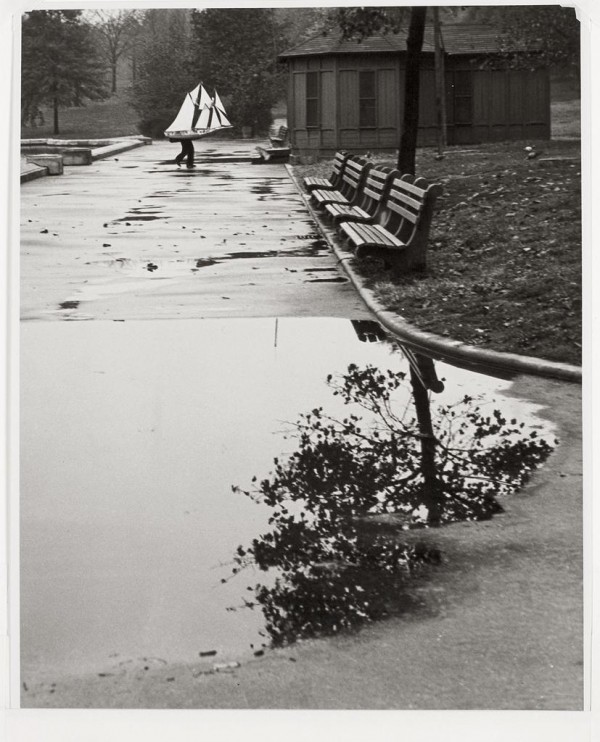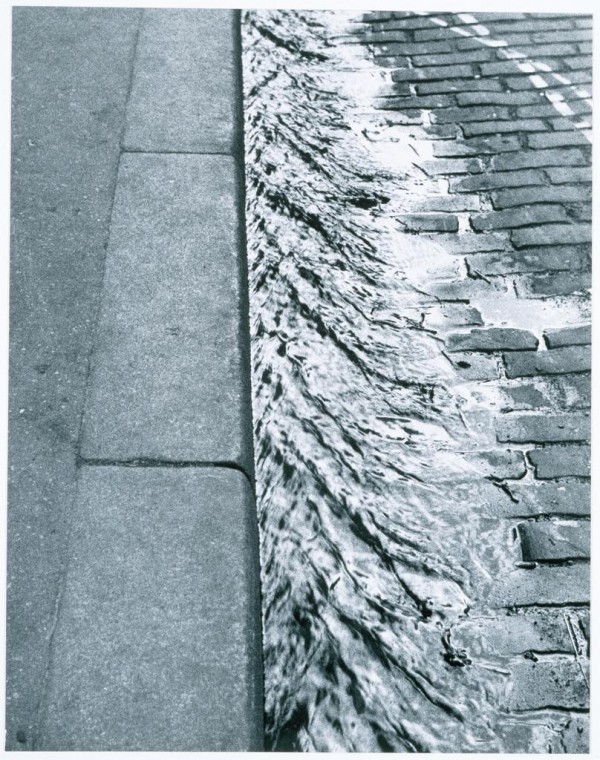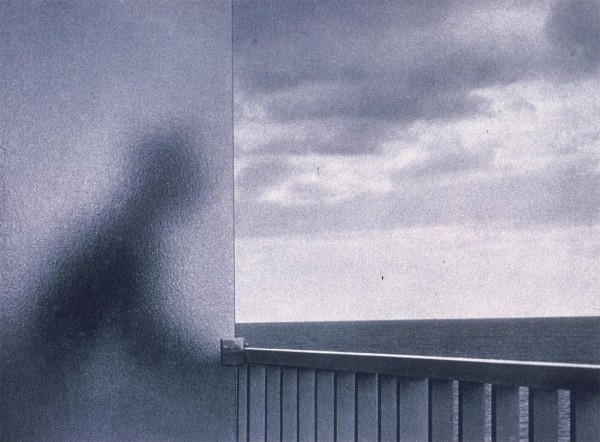André Kertész
Monday, 19 August 2013




From top to bottom: Mondrian’s Glasses and Pipe, Paris (1926), New York. Central Park Boat Basin (1944), Paris (1929), January 1, Martinique (1972)
“Known for his extended study of Washington Square Park and his distorted nudes of the 1930s, Andre Kertesz was a quiet but important influence on the coming of age of photojournalism and the art of photography. For more than seventy years, his subtle and penetrating vision helped to define a medium in its infancy. Though he spent most of his life in the United States, his European modernist sensibility is what made him great, and that is what he is remembered for today…
… By 1927 Kertesz’s scenes of the streets of Paris were beginning to attract a great deal of attention, and he had his first show at an avant-garde gallery. His humor and subtle humanity seemed to personify even the stone walls of Paris. Throughout the 1930s he remained in Paris studying the people and their inhabitation of the streets, and the play of light and shadow that so dramatically filled the urban landscape. In 1936, after the death of his mother and his marriage to Elizabeth Saly, he moved to New York, where he had been engaged by the Keyston Agency. Though he canceled the contract only a year later, the progress of the war made his return to Paris impossible. Unable to leave and treated like an enemy by the government (which prevented him from publishing for several years), Kertesz was caught in tragic uncompromising circumstances. When the war ended Kertesz had lost the momentum of a supportive artistic community, but continued to live in the States due to health and familial considerations.
For nearly twenty years his gifts remained relatively unrecognized in New York. It was not until 1964, when John Sarkowski, curator at the Museum of Modern Art, organized a one man show that Kertesz’s career was reawakened. Over the preceding years, art photography in the United States made serious leaps and began to recognize the advances of earlier European artists. It was this renewed interest that eventually brought an otherwise forgotten genius back into the public eye. Throughout the 1970s and 1980s, Kertesz was shown regularly at the major international museums — having one-man shows in Paris, Tokyo, London, Stockholm, Budapest and Helsinki. In 1983 the French government awarded him the Legion of Honor, and the following year he passed away in his New York home. Very few artists are able to witness the formation of their own artistic medium. Kertesz was not only able to witness much of the beginnings of hand-held photography, but had a profound effect on it. With subtle and whimsical artistry, he took full advantage of a medium not yet sure of its own potential, and for that, contemporary photography remains in his debt.”
-Excerpted from PBS: American Masters